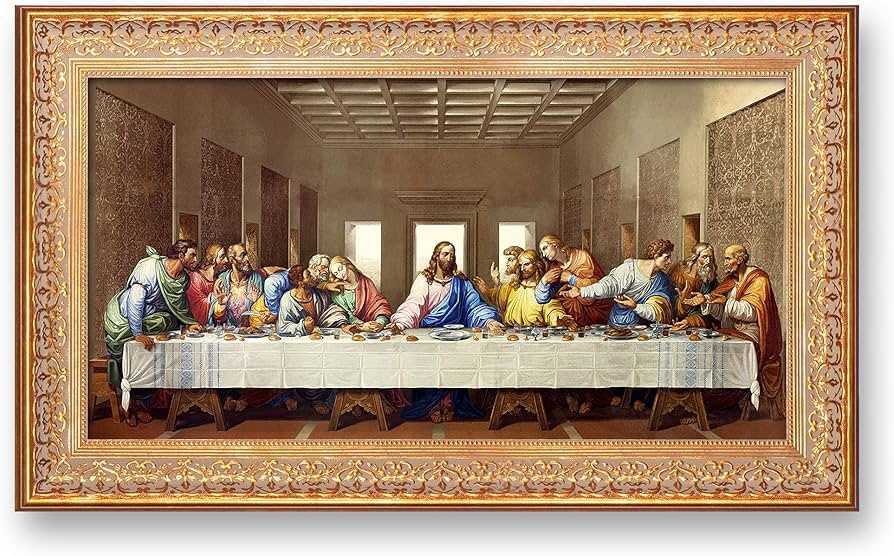Santa Maria delle Grazie: Home of The Last Supper
Santa Maria delle Grazie is a renowned church and Dominican convent located in Milan, Italy. It is famously known as the home of Leonardo da Vinci’s masterpiece, “The Last Supper.” This iconic artwork draws visitors from around the world, eager to witness the genius of da Vinci and explore the historical and architectural significance of the site. Whether you’re an art enthusiast, a history buff, or simply curious about this UNESCO World Heritage site, Santa Maria delle Grazie offers a unique glimpse into the past.
The Historical Significance
Santa Maria delle Grazie was commissioned by Duke Ludovico Sforza in the late 15th century and designed by the architect Guiniforte Solari. The church and convent were intended to serve as a family mausoleum for the Sforza dynasty, one of the most powerful families in Renaissance Italy. The site gained further prominence when Leonardo da Vinci was commissioned to paint “The Last Supper” on the refectory wall of the convent. This work of art, completed between 1495 and 1498, depicts the moment Jesus announces that one of his disciples will betray him, capturing the emotional reactions of each figure.
The church itself is a stunning example of Renaissance architecture, with its elegant nave and intricate details. The apse, designed by the renowned architect Donato Bramante, is particularly noteworthy for its harmonious proportions and use of light. Over the centuries, Santa Maria delle Grazie has survived numerous challenges, including damage during World War II, when a bomb destroyed much of the convent. Remarkably, “The Last Supper” remained intact, thanks to protective measures taken beforehand.
Visiting “The Last Supper”
Seeing “The Last Supper” in person is a once-in-a-lifetime experience. Due to its fragile condition, the painting is carefully preserved, and access is limited to small groups to ensure its protection. It’s essential to book tickets well in advance, as they often sell out quickly. Guided tours are available, providing valuable insights into the history and significance of the artwork.
When visiting, you’ll have approximately 15 minutes to view the painting. This limited time allows you to appreciate the details and the innovative techniques da Vinci employed, such as his use of perspective and the expressive gestures of the apostles. The painting’s condition has deteriorated over time due to the experimental technique da Vinci used, which involved applying tempera and oil paint on a dry wall. Despite this, the work remains a powerful testament to his artistic genius.
Exploring the Church and Convent
Beyond “The Last Supper,” Santa Maria delle Grazie offers much to explore. The church’s interior is a blend of Gothic and Renaissance styles, with beautiful frescoes and altarpieces adorning the walls. The cloister, a peaceful courtyard within the convent, provides a serene escape from the bustling city. It’s an ideal spot for reflection and offers a glimpse into the daily lives of the Dominican friars who once inhabited the convent.
The sacristy, designed by Bramante, is another highlight. It houses a collection of religious artifacts and offers a closer look at the architectural brilliance of the period. The church’s exterior, with its distinctive red brick and terracotta decorations, is equally impressive and worth admiring.
For those interested in delving deeper into the history of the site, the nearby Museo del Cenacolo Vinciano offers additional context and exhibits related to “The Last Supper” and the life of Leonardo da Vinci. This museum provides a comprehensive understanding of the painting’s creation, its restoration efforts, and its enduring impact on art and culture.
